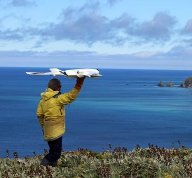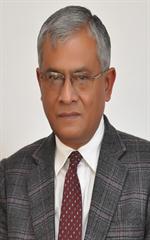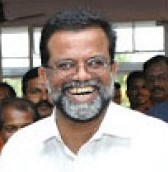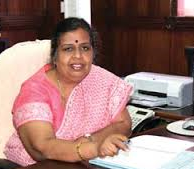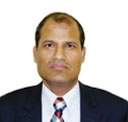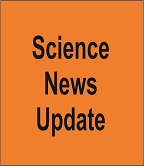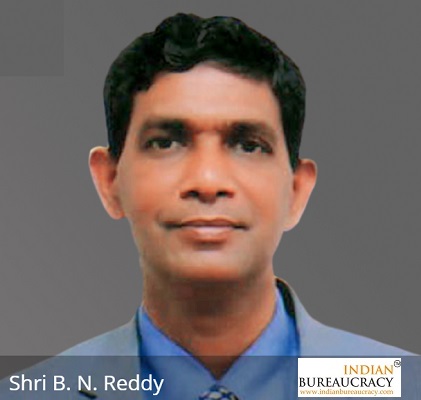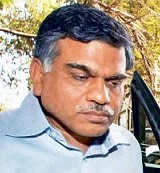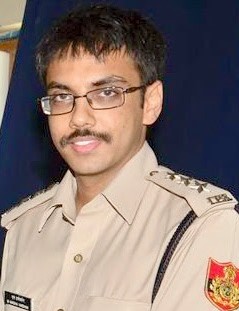Summary:Unmanned aerial vehicles (UAVs), more popularly known as drones, are increasingly employed to monitor and protect wildlife. But researchers say that steps should be taken to ensure that UAV operations are not causing undue stress to animals.
Unmanned aerial vehicles (UAVs), more popularly known as drones, are increasingly employed to monitor and protect wildlife. But researchers writing in the Cell Press journal Current Biology say that steps should be taken to ensure that UAV operations are not causing undue stress to animals.
“Even though an animal might not appear to be disturbed, it could be quite stressed–for example, a bird may choose to remain near a UAV even when stressed because it is incubating an egg or protecting its hatchling,” says Jarrod Hodgson of The University of Adelaide in Australia. “It is likely that animal responses vary depending on a variety of factors, including the species, environmental and historical context, and the type of UAV and its method of operation.”
Studies have shown that UAVs can be more efficient than traditional approaches to wildlife monitoring and can provide more precise observational data. Accordingly, there has been a considerable increase in the use of UAVs for research purposes.
In the new paper, Hodgson and colleague Lian Pin Koh develop a code of best practices intended to help mitigate or alleviate potential disturbance to wildlife related to UAV use. Their goal is to ensure that “UAVs can be a powerful, low-impact ecological survey tool.”
Hodgson and Koh offer the following recommendations:
- In cases where the evidence is lacking, UAV users should consult with appropriate experts and proceed with an abundance of caution. The researchers also say that further study on the impact of UAVs is needed.
- UAV users should seek approval when appropriate and explain the anticipated benefit of using UAV technology in their situation.
- Suitably trained UAV operators should comply with all relevant civil aviation rules, which may include restrictions on flying beyond visual line of sight, above a defined altitude, at night, and near people or in the vicinity of important infrastructure and prohibited areas.
- UAVs should be chosen or adapted to minimize disruption, for example, by disguising UAVs as other non-threatening animals.
- UAVs should be launched and recovered from a distance, and a reasonable distance from animals should be maintained at all times during UAV flights.
- Behavioral and physiological stress responses should be measured whenever possible, and UAV flights should be aborted if excessive disturbance is found.
- UAV specifications and flight practices should be detailed accurately and shared in full in published studies, along with any animal responses, accidents, or incidents.
Hodgson and Koh are optimistic that most UAV users have the animals’ best interest in mind.
“In our experience, the vast majority of UAV users, both biologists and hobbyists, do not want to disturb wildlife and will often seek advice from experts,” Hodgson says. “However, in some cases, users may be unaware that their UAV operations could be causing considerable and unnecessary disturbance. By promoting an awareness of the potential for UAVs to impact wildlife, we hope that users will be more conscious of the potential impacts and utilize the code to ensure their UAV operations are responsible.”
Hodgson and Koh say that they are now conducting studies with the goal of better understanding how different animals respond to UAVs. The results of that work will inform the development of species-specific protocols designed to mitigate or alleviate potential disturbance. They also continue to develop and test methods to maximize the benefits of UAVs as a survey tool.
“In a time of unprecedented change, such techniques will assist in understanding, managing, and conserving our planet’s biodiversity,” Hodgson says.
Source:Cell Press (science)


